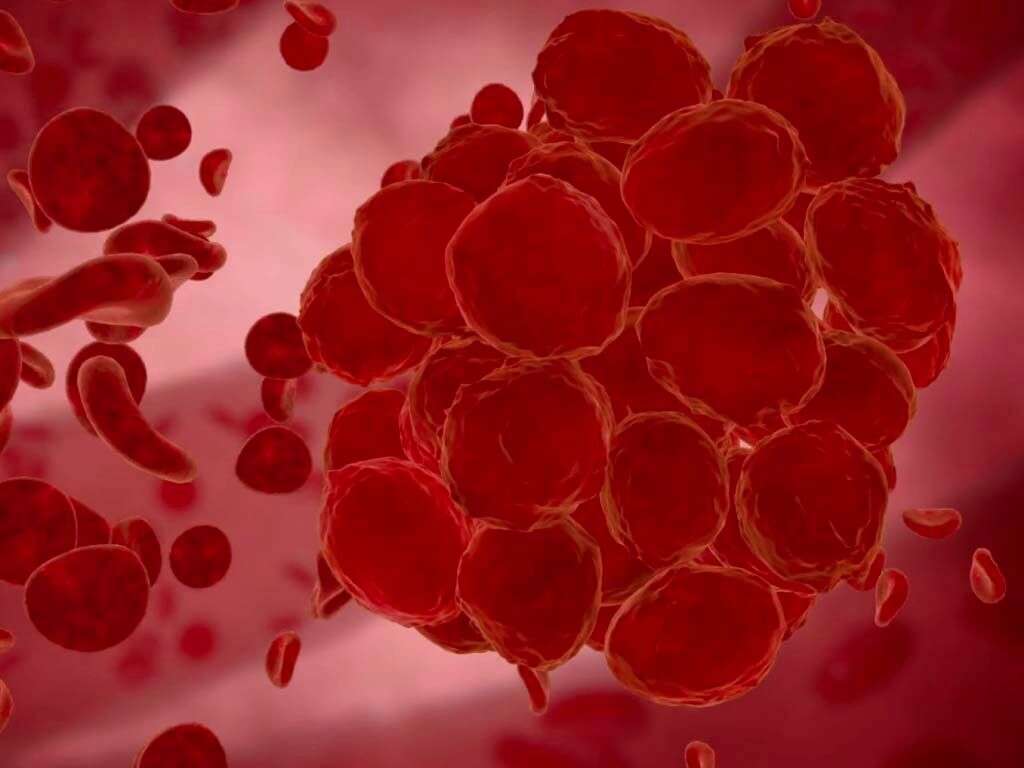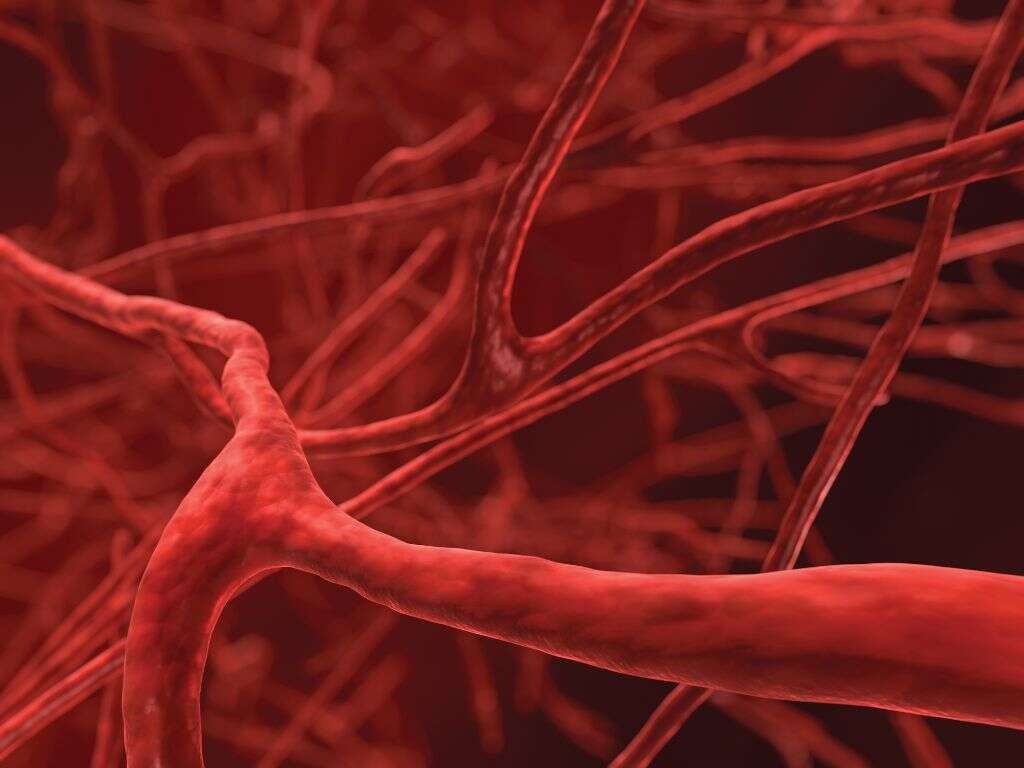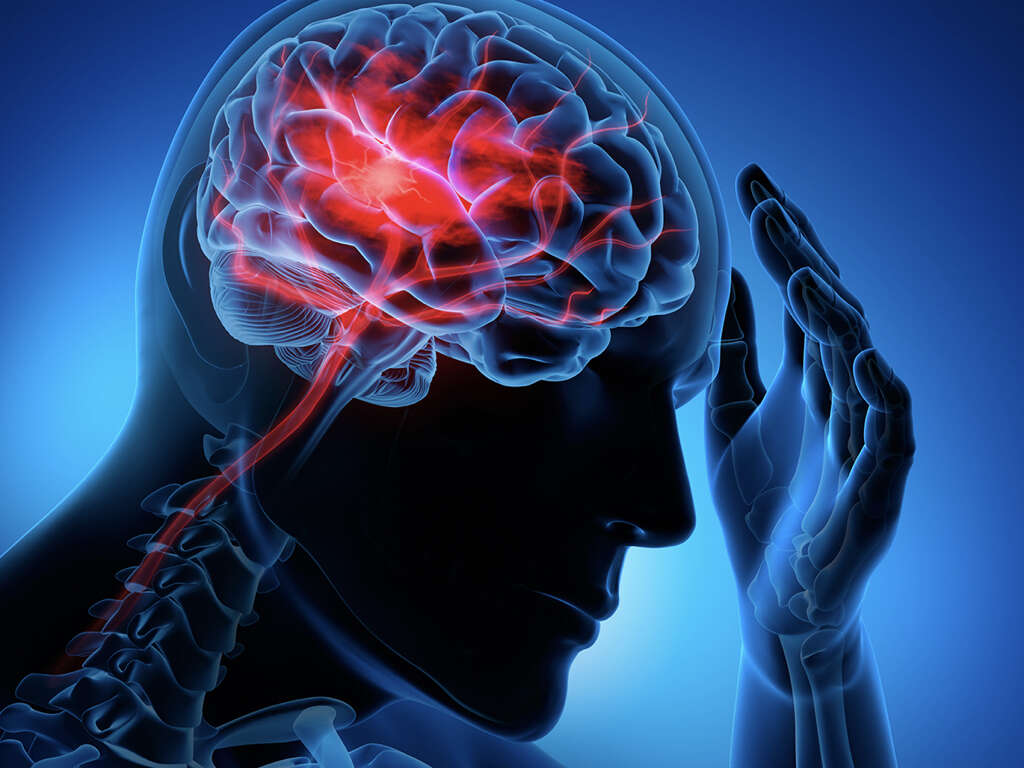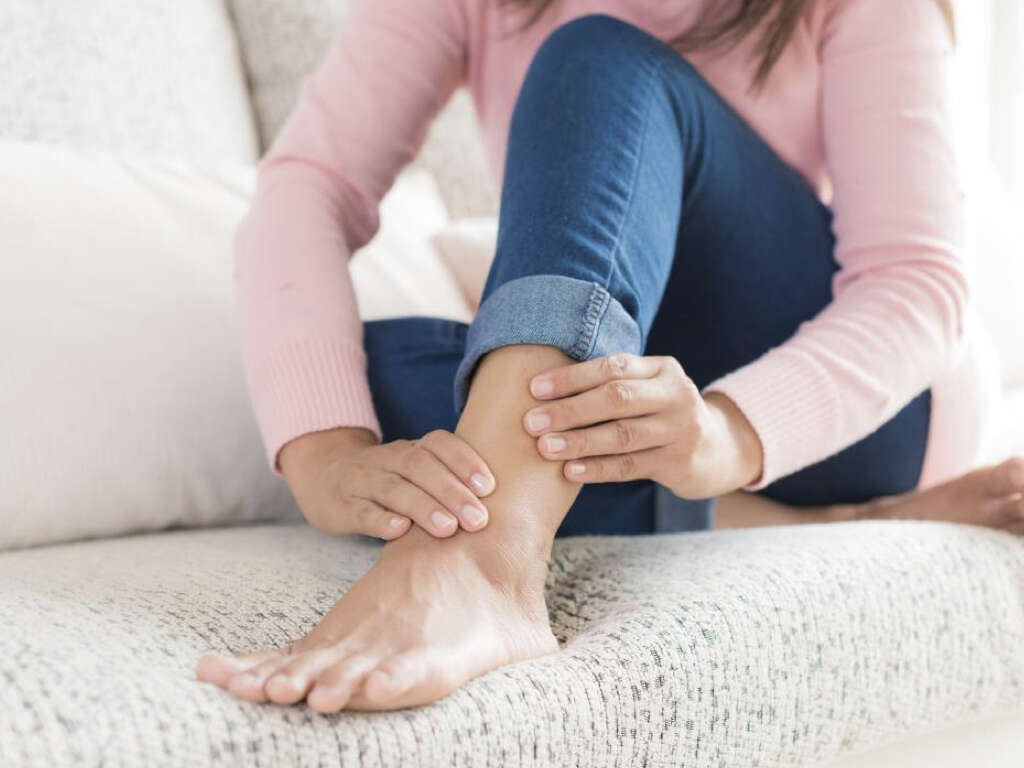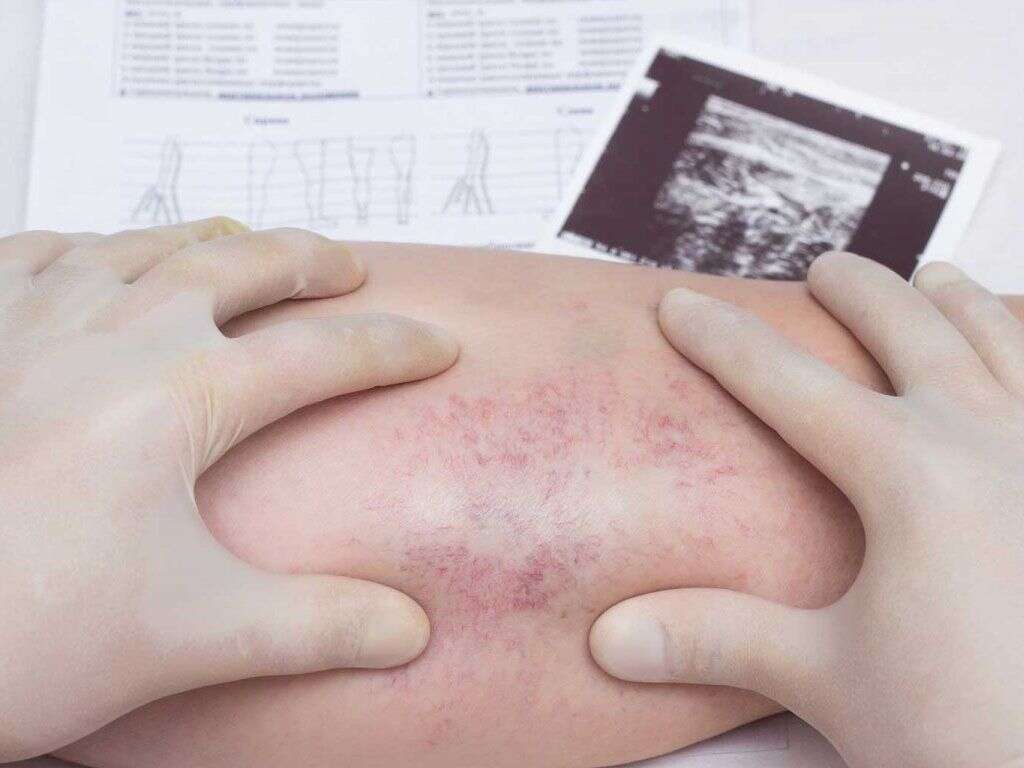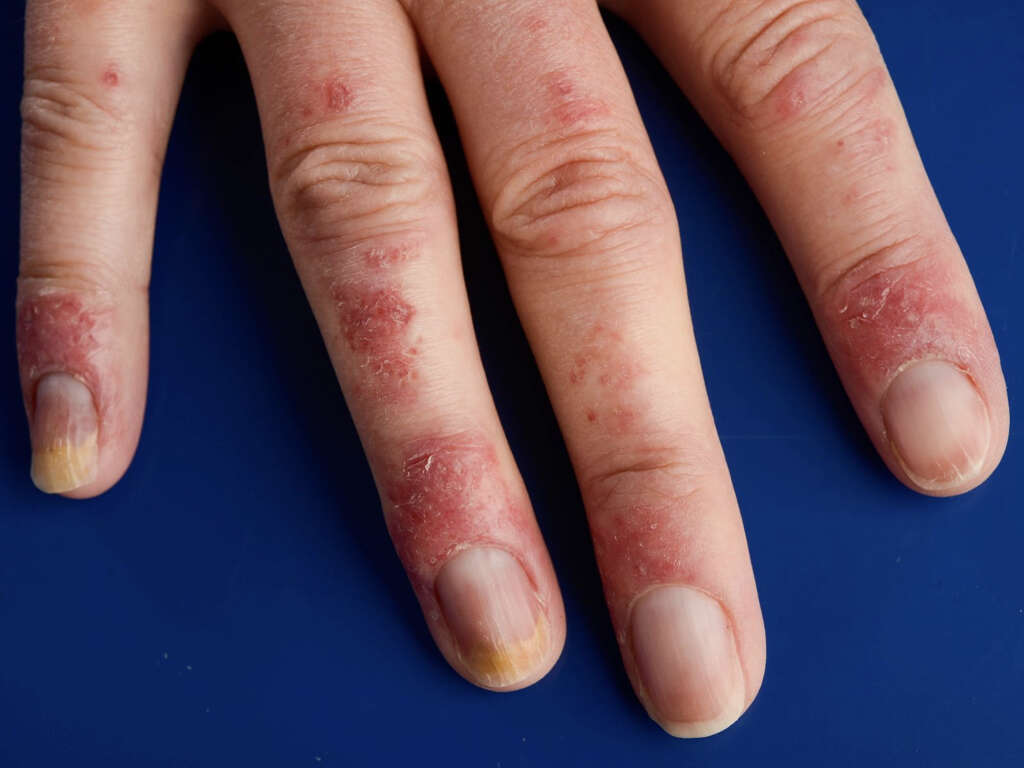Deep Vein Thrombosis Symptoms
Deep Vein Thrombosis (DVT) is a potentially serious condition where a blood clot forms within a vein located deep within the body. These blood clots usually form in the lower parts of the body, typically in the legs, but it is also possible that they may form in other areas of the body as well. Early diagnosis and professional medical attention is important if you suspect Deep Vein Thrombosis. If left undiagnosed and untreated, Deep Vein Thrombosis may potentially lead to lethal health complications. DVT can become very serious if it travels to the lungs, which is why it is extremely important to treat it as early as possible.
Deep Vein Thrombosis most commonly forms in people who are over the age of 50. Deep Vein Thrombosis is a very serious medical condition and you should contact your doctor right away if you suspect that you are experiencing symptoms of DVT. Below, our health team has created a list of common Deep Vein Thrombosis symptoms that we hope you will find easy to understand and informative. Keep in mind that different people experience different symptoms and the symptoms of DVT are not always that obvious.
Identifying and responding to possible Deep Vein Thrombosis symptoms is the best way to get ahead of DVT. Call your doctor immediately if you experience any of the symptoms below.
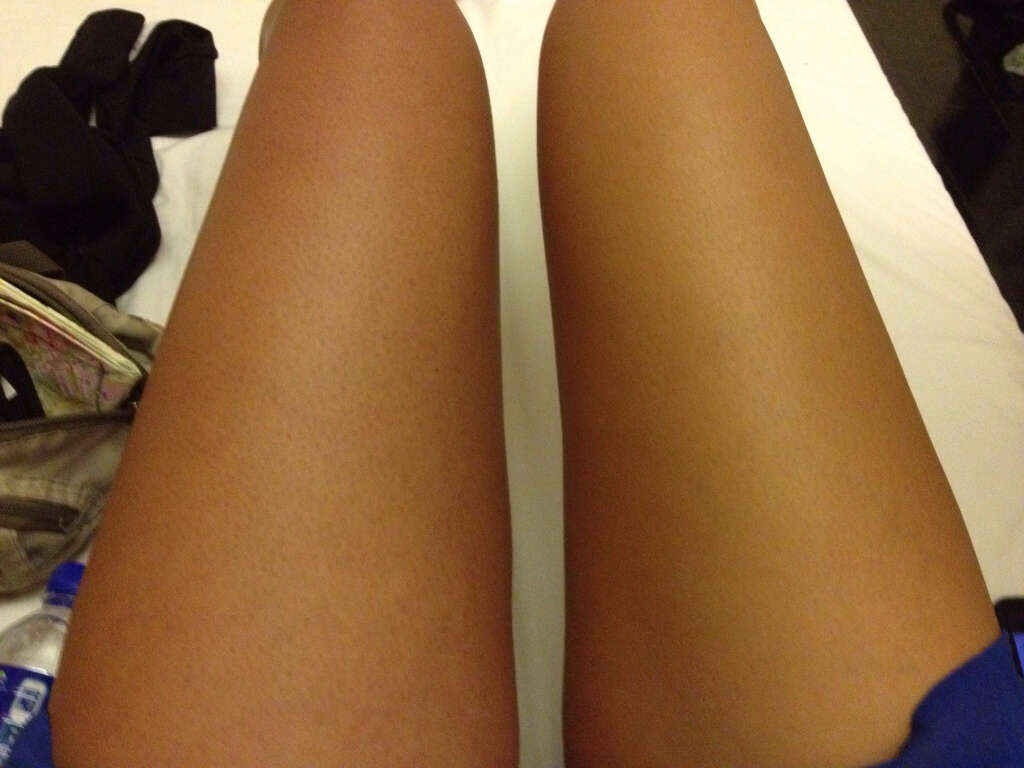
Symptom #1: Swelling In The Legs, Feet, Ankles or Groin
Swelling caused by Deep Vein Thrombosis most commonly occurs in the lower parts of the body like the calves, feet, ankles, legs and groin. Less commonly, DVT can also create swelling in the upper parts of the body including the chest and the arms.
Swelling is usually the first symptom noticed by a patient suffering from DVT. Nevertheless, it is nonspecific and you should know that many other conditions can cause swelling of your lower limbs too.

Symptom #2: Pain That May Worsen When Standing Or Walking
Often people diagnosed with Deep Vein Thrombosis will mention that they experienced a cramping pain which begain in their calf muscle. The swelling is accompanied by pain. The pain may start in the calf muscle but will then spread to other areas in the region.
Some people will feel no pain until they stand up and start walking around. Up to 50% of patients with DVP suffer from localized pain in their calves, that being said, many other conditions may cause the same symptom.
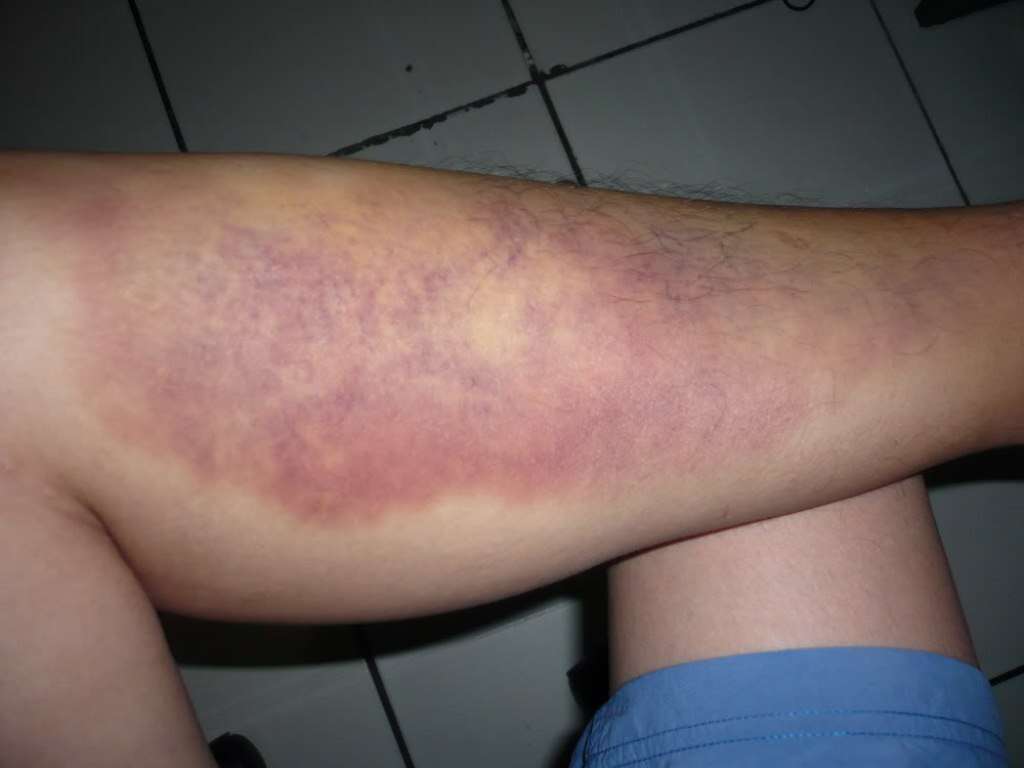
Symptom #3: Skin That Feels Warmer Than The Skin Nearby
Deep Vein Thrombosis sufferers may notice that the effected area feels warmer to the touch at the area of inflammation. This warming of the skin is another early symptom and should be seen as a warning sign of Deep Vein Thrombosis.
During early treatment for Deep Vein Thrombosis, this symptom will be one of the first to be alleviated.

Symptom #4: Reddish Purple Skin
Deep Vein Thrombosis will often produce a redness or discoloration of the skin over the affected area. This change in color of the skin is another early symptom and should be seen as a warning sign of Deep Vein Thrombosis.
The skin color may start to change from a light pink to a reddish purple. In rare cases, the skin can turn pale blue, as a sign of poor oxygenation (cyanosis).

Symptom #5: Veins That Have Suddenly Become Visible
When Deep Vein Thrombosis has been left undiagnosed and untreated, veins may become visible and easily felt through your skin. The deep vein containing the formed clot can be felt as a tough cord while the surrounding veins appear to be engorged.
The Deep Vein Thrombosis symptom of visible veins is serious and if you are experiencing this symptom then consulting your physician immeditaly is highly recommended.

Symptom #6: Legs Feel Tired, Weighty and Heavy
Commonly Deep Vein Thrombosis sufferers report a sense of their legs feeling very tired, weighty and heavy even without any prior exertion. This sensation is different than the pain associated with leg pain caused by overstraining or sprains and injuries.
Legs may feel weighty and immobile. This symptom often goes unnoticed while other more noticeable symptoms are at the forefront.
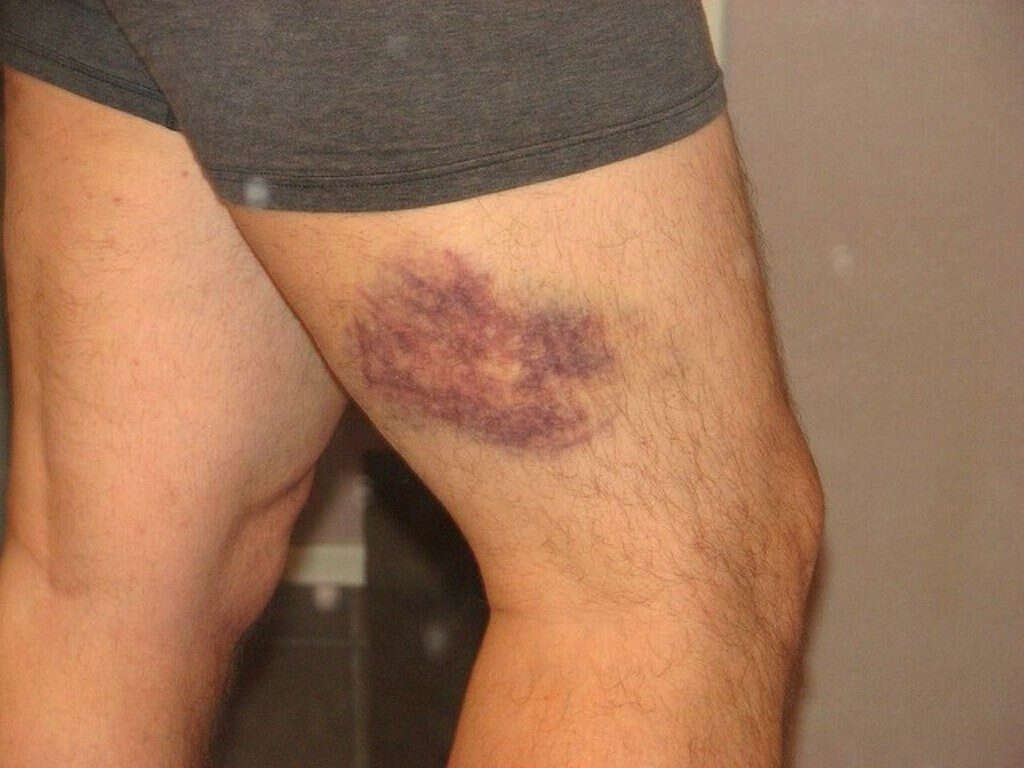
Symptom #7: Skin That Feels Feverish
When the blood clot detaches and enters the blood stream, another common symptom may appear, and that is a low grade fever. A general body malaise, weakness, headache, loss of appetite may be experienced with the elevation of the core body temperature.
An unchecked low-grade fever can sometimes create other fever related symptoms such as confusion and irritability.

Symptom #8: Skin That Feels Tender To The Touch
Most Deep Vein Thrombosis sufferers will experience tenderness to the touch of the affected area. There may not be any bruising visible in this area yet it still may feel tender.
Friction of this tender skin surface may cause the sufferer discomfort. Often undiagnosed sufferers will reach for painkillers, but this is not advisable as a physician is necessary for successful treatment of Deep Vein Thrombosis.
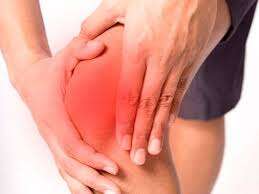
Symptom #9: Skin That Appears Patchy
In addition to tender skin, warm skin, reddish skin, pale skin and bluish skin, Deep Vein Thrombosis can also turn the skin of the affected area patchy.
Raised scaly patches, as well as red blotches and discolored skin is a leading sign of Deep Vein Thrombosis.

Symptom #10: Coughing Up Blood
Coughing up blood in a patient with DVP is one of the main signs of alarm of Pulmonary Embolism. This is a very serious condition in which a clot formed in the deep venous system, found its way into the lungs.
This is a medical emergency and patients should seek medical attention as soon as possible. Other symptoms related to pulmonary embolisms are shortness of breath and sudden chest pain.




